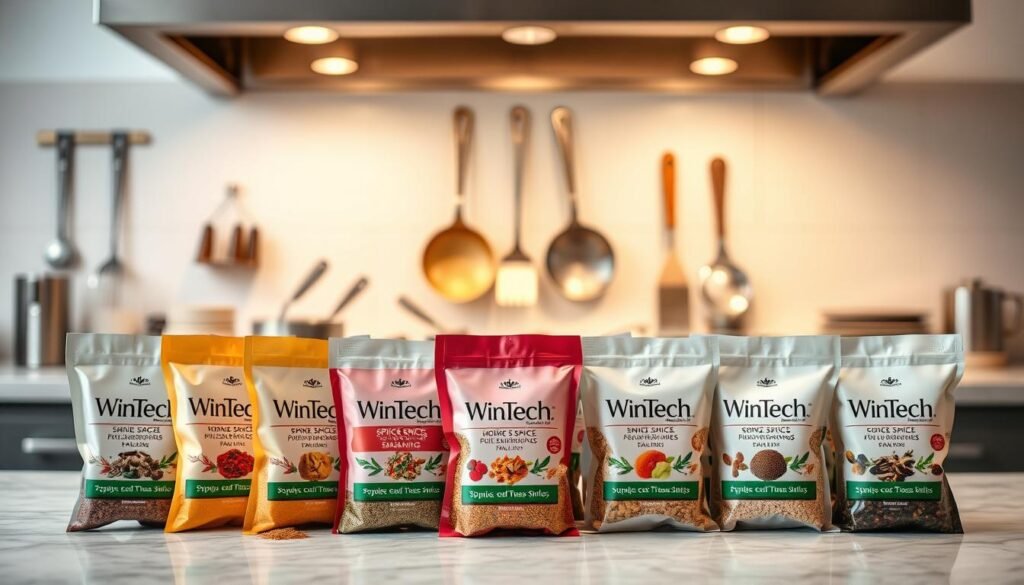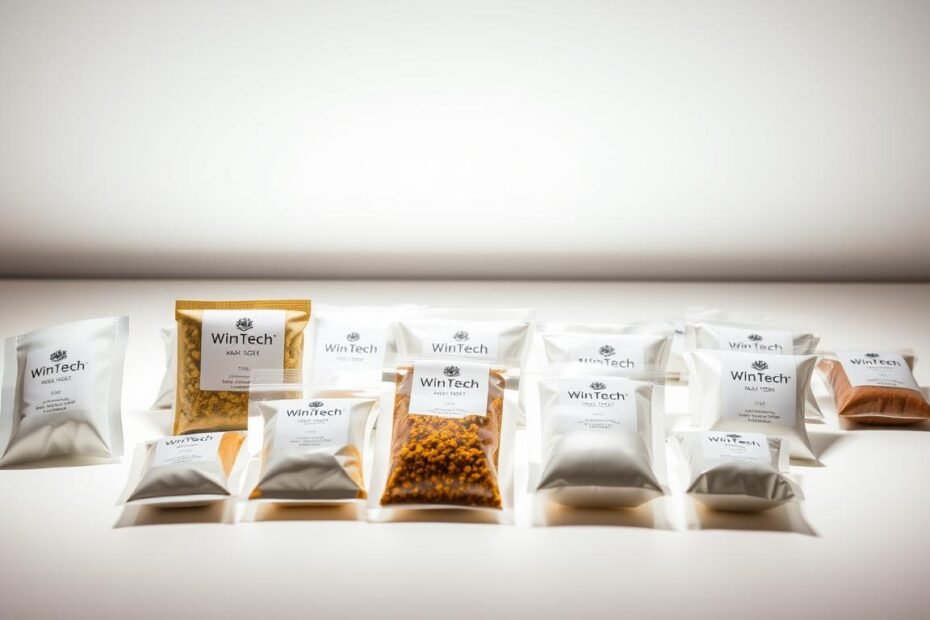Have you ever wondered how professional chefs maintain perfect portion sizes with remarkable precision? What are sachets becoming the secret weapon in culinary education today? Culinary schools are revolutionizing training by introducing small product packaging techniques that transform how students understand ingredient measurement.
What are sachets emerging as critical tools in modern kitchen training? These single-use packets provide precise portion control, enabling culinary students to master measurement techniques with unprecedented accuracy. The American Culinary Federation now recognizes sachets as essential learning instruments for developing consistent cooking skills.
Culinary arts programs are integrating what are sachets into their curriculum to teach food safety, sanitation, and exact measurement principles. Students learn how these compact packaging solutions help reduce waste while ensuring recipe consistency across professional kitchen environments.
Key Takeaways
- Sachets provide precise portion control in culinary education
- Small product packaging enhances measurement accuracy
- Single-use packets support consistent recipe preparation
- Culinary schools use sachets to teach food safety techniques
- Portion control is crucial for professional kitchen standards
Understanding What Are Sachets in Culinary Applications
In the world of professional cooking, sachets have become an essential tool for chefs and culinary students alike. These small, convenient packaging solutions revolutionize how ingredients are measured, stored, and transported in kitchens across the United States.

Sachets offer a precise and efficient approach to ingredient management. Whether you’re using paper sachets or foil sachets, these compact containers provide multiple benefits for culinary professionals.
Defining Culinary Sachets
A sachet is a small, sealed packet designed to contain measured quantities of ingredients. In culinary settings, sachets for travel and kitchen use come in various materials, including:
- Paper sachets for dry ingredients
- Foil sachets for liquid or moisture-sensitive contents
- Specialized packaging for spice blends
Importance in Cooking Precision
Professional culinary programs like ProStart emphasize the critical role of precise measurements. Sachets help chefs maintain consistent flavor profiles by:
- Ensuring exact portion control
- Reducing waste
- Simplifying ingredient tracking
Common Uses in Professional Cuisine
Chefs utilize sachets across various culinary applications. From pre-measured spice blends to portion-controlled sauces, these compact containers streamline kitchen workflows and enhance recipe consistency.
Sachets represent a modern solution to age-old culinary challenges of measurement and ingredient management.
Whether you’re a culinary student or a professional chef, understanding the versatility of sachets can dramatically improve your kitchen efficiency and precision.
What Are Sachets and Their Benefits for Portion Control
Culinary professionals understand the critical role of precise measurements in creating exceptional dishes. Sachets have emerged as a game-changing solution for chefs seeking consistent flavor and efficient portion control. These small, carefully measured packets revolutionize how food and tea sachets are used in professional kitchens.

Understanding the nuanced differences between sachets vs packets can transform your cooking approach. Sachets offer several key advantages that make them superior to traditional measurement methods.
Enhancing Flavor Consistency
Precision is the hallmark of professional cooking. Food sachets provide exact measurements that ensure:
- Uniform flavor profiles across multiple dishes
- Reduced human error in ingredient portioning
- Consistent taste experiences for diners
Reducing Waste with Sachets
Commercial kitchens can significantly minimize food waste by implementing sachet-based portion control. The strategic use of tea sachets and food sachets helps chefs:
- Eliminate over-portioning
- Control ingredient costs
- Maintain precise nutritional standards
Practical Tips for Using Sachets
Maximize the potential of sachets with these professional strategies:
| Tip | Application |
|---|---|
| Pre-measure ingredients | Prepare sachets before service |
| Train kitchen staff | Standardize sachet usage techniques |
| Track inventory | Monitor sachet consumption |
Mastering sachet techniques transforms kitchen efficiency and elevates culinary precision.
Exploring What Are Sachets in Food Packaging
Modern food packaging has transformed dramatically with the innovative use of sachets. You’ll discover how these compact containers are revolutionizing culinary experiences across multiple industries. From professional kitchens to home cooking, sachets for travel have become an essential tool for precise portioning and convenient storage.
Wintech Package leads the charge in sachet design, creating cutting-edge solutions that address both consumer and professional needs. Their packaging innovations support portion control while minimizing waste. Culinary professionals appreciate how these compact containers can preserve ingredient quality and extend shelf life for various products.
Innovative Designs by Wintech Package
Culinary education now integrates sachets as a critical learning component. Students explore how cosmetic sachets and food packaging techniques can enhance product presentation and efficiency. These small containers represent more than just storage—they’re teaching tools that demonstrate precision and practical application in modern food preparation.
Market Trends in Sachet Packaging
The future of culinary packaging looks bright with sustainable and versatile sachet designs. You’ll see increased adoption across restaurants, catering services, and home kitchens. Emerging trends focus on eco-friendly materials, portion-controlled packaging, and innovative applications that extend beyond traditional food storage.
Future of Sachets in Culinary Education
Culinary schools are integrating sachet technologies into their curriculum, recognizing their importance in modern food service. Students learn to leverage these compact packaging solutions for everything from spice blends to complete meal preparations. The adaptability of sachets continues to shape how professionals approach ingredient management and presentation.
